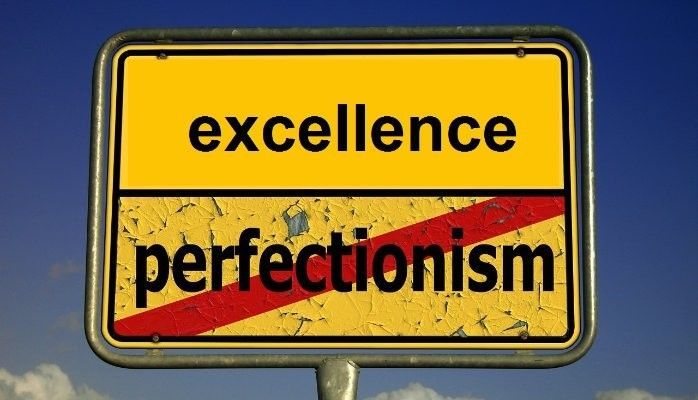The Danger of Using Facts to Obscure the Truth
We really shouldn’t use facts as an excuse to hide the truth. Especially from ourselves.
In an age where information is at our fingertips, discerning the truth becomes both simpler and infinitely more complex. Facts, once considered the bedrock of rational decision-making, can also be manipulated to obscure a larger truth, offering a shield against the full breadth of reality. This selective use of facts not only distorts our perception but can also lead us to live in a constructed reality that comforts rather than challenges.
Understanding the Difference Between Facts and Truth
Facts are pieces of information that are indisputable within their context, like numbers or statements proven by observation. Truth, on the other hand, is a comprehensive understanding that includes context, interpretation, and the integration of multiple facts. For instance, while it might be a fact that a company’s profits increased this quarter (a statistical reality), the truth about the company’s financial health might be more complex, involving underpaid labor or unsustainable practices. This distinction highlights how facts can be cherry-picked or framed within a certain narrative to support a misleading or incomplete version of the truth.
Mark Twain once popularized the saying, “There are three kinds of lies: lies, damned lies, and statistics.” This witty remark underscores the ease with which facts — particularly statistical data — can be used to paint a picture far removed from the nuanced truth. The comfort of clinging to such "factual" shields stems from a psychological aversion to cognitive dissonance — the mental discomfort experienced when confronted with information that contradicts our beliefs or values.
Facing the full truth often means confronting aspects of ourselves or our societies that we might find uncomfortable or even distressing. For example, acknowledging that one's success might have been partly due to unearned privileges (like socioeconomic status or geographic location) can be unsettling. However, the selective use of facts can simplify the narrative, enabling one to avoid such self-confrontation.
Consequences of Ignoring the Truth
The repercussions of ignoring broader truths in favor of convenient facts can ripple out, affecting not just individual lives but entire societies. In personal relationships, this practice can lead to misunderstandings or resentment, as important issues are glossed over or ignored. Professionally, it can result in poor decision-making, as leaders who focus on isolated facts might miss out on crucial context that could affect their strategic decisions.
On a societal level, the selective use of facts can contribute to misinformation and polarization. When groups of people only accept facts that confirm their pre-existing beliefs, dialogue becomes stifled, and compromise becomes impossible, leading to a fragmented society.
To combat the inclination to hide behind convenient facts, one can adopt several strategies. First, critically analyze information by checking sources, considering other viewpoints, and understanding the context. This might mean reading beyond the headline or seeking out information from a variety of sources.
Second, being honest with oneself is crucial. Techniques like reflective journaling or engaging in open conversations with trusted individuals can help in recognizing and addressing personal biases. Embracing uncertainty and maintaining an open mind are also vital. Recognizing that one does not have all the answers can be a powerful motivator for continuous learning and growth.
Improving media literacy is essential in helping individuals discern between mere facts and a more nuanced truth. Education systems can aid in this by emphasizing critical thinking and analytical skills from an early age. Teaching students not just to accept facts at face value but to explore the context, challenge assumptions, and understand the bigger picture can foster a more informed and discerning citizenry.
In our quest for understanding, it is imperative that we do not use facts as a barrier against the truth but as steppingstones towards a deeper comprehension. By recognizing the difference between isolated facts and a holistic truth, and striving to embrace the latter, we enrich our perspectives and enhance our engagements with the world. As we navigate through vast oceans of information, let us commit to seeking truth in its most complete and unadulterated form.











